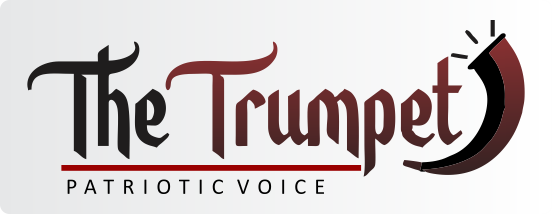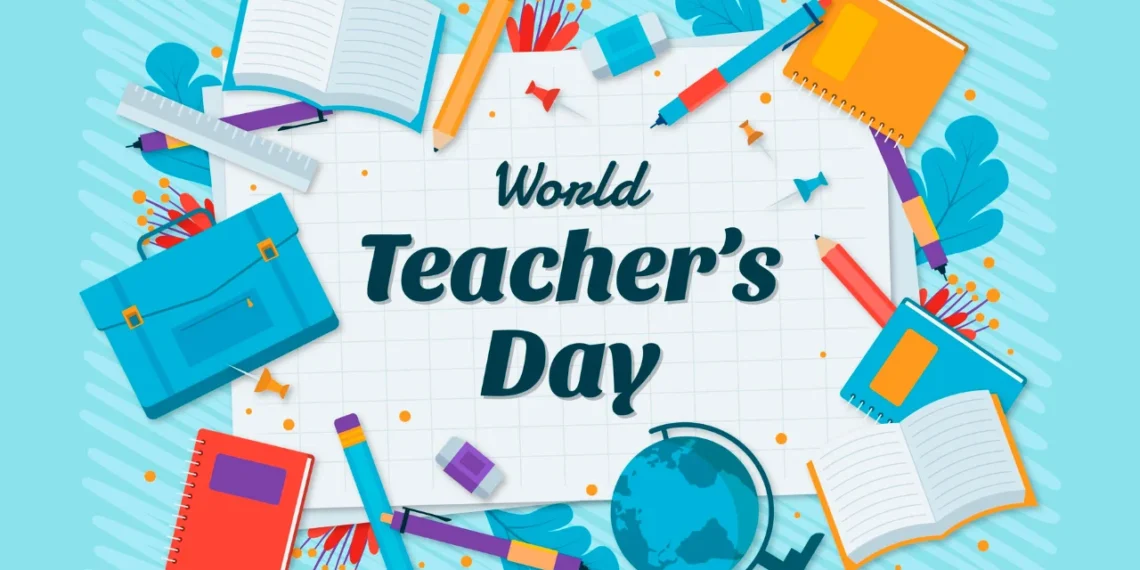As the world celebrates World Teachers’ Day 2025, the focus this year turns to the power of collaboration in transforming education. With the global theme, “Recasting Teaching as a Collaborative Profession,” UNESCO emphasizes that teamwork among educators is essential for professional growth, improved classroom outcomes, and sustainable motivation.
UNESCO notes that persistent inequalities in access to professional development still prevent many teachers from engaging in collaborative learning. Yet, such collaboration remains one of the most effective ways to enhance teaching quality and student performance.
When teachers share ideas, co-plan lessons, and support one another, they not only improve their instructional methods but also boost student engagement and creativity. Collaborative practice fosters innovative teaching, reduces burnout, and builds stronger school communities.
The Impact of Collaboration on Teachers
Working together allows teachers to exchange strategies, receive feedback, and refine their craft. It promotes continuous learning and helps teachers tackle classroom challenges collectively. By sharing workloads, such as lesson planning, material preparation, and student support, teachers feel less isolated and more motivated.
Collaboration also encourages innovation. Through brainstorming and joint projects, teachers develop more engaging lessons that address complex topics from multiple perspectives. It strengthens school culture by nurturing mutual respect, trust, and shared purpose.
Benefits for Students
Students benefit greatly when their teachers collaborate. Research consistently shows that schools where teachers work closely together record higher student achievement, especially in key subjects such as mathematics and reading.
Collaborative teaching ensures consistency across grade levels and subjects, offering students a more coherent and personalized learning experience. It also models cooperation, helping students build communication and critical-thinking skills that prepare them for future success.
Read Also:
World Teachers’ Day: Gov. Yahaya hails teachers, urges collective effort to recast profession
Nobel Prize to announce winners this week, beginning with winners in medicine today
Delta teachers elect new NUT executives, as Oborevwori reassures on welfare
Furthermore, collaboration supports inclusion by bringing together teachers with diverse experiences and specializations. This creates equitable opportunities for every student, including those with special needs or learning challenges.
Common Forms of Teacher Collaboration
Teacher collaboration takes many practical forms that directly impact learning outcomes:
● Team Teaching: Two or more teachers jointly deliver instruction to the same group of students.
● Co-Teaching Models: Teachers share classroom duties, alternating between leading, assisting, and supporting smaller groups.
● Joint Lesson Planning: Educators design lessons and units together to align teaching goals and standards.
● Co-Development of Resources: Teachers create shared teaching materials and learning tools.
● Collaborative Assessment: Joint evaluation of student work for consistency and fairness.
● Professional Learning Communities (PLCs): Groups that meet regularly to review student data and improve teaching practices.
● Critical Friends Groups: Peer teams that provide feedback and support to enhance classroom instruction.
Building a Future of Shared Growth
As World Teachers’ Day 2025 reminds the world, teaching is not a solitary profession. Collaboration among educators is central to creating vibrant classrooms, motivated teachers, and successful learners. By working together, teachers can drive educational excellence and ensure that every child benefits from quality instruction.






